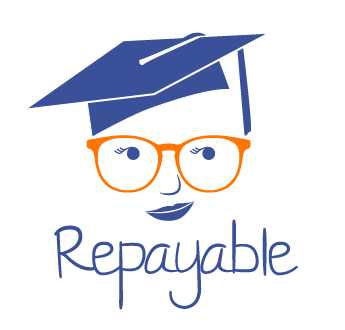Public Service Loan Forgiveness (PSLF) is one of the fastest and most complete student loan forgiveness plans offered to federal student loan borrowers. PSLF is also one of the most convoluted loan forgiveness programs. So if you’re considering PSLF you’ll want to stay tuned for the 5 steps you need to take to get PSLF.
Estimated read time ~ 5 minutes. Estimated watch time at 1.5x ~ 4 minutes.
Step 1: Determine if you’re working for an eligible employer.
Employers that are eligible include goverment or tribal organizations and 501(c)3 non-profits. To find a list of PSLF eligible employers check out this link. To be eligible for PSLF you’ll need to be employed full-time as defined by your employer or 30 hours per week, whichever is higher.
Step 2: Determine if you’ve made any eligible payments toward PSLF.
To qualify for PSLF you need to make 120 eligible payments. To know if payments you’ve made are eligible or not you need to know which type of loans you have and what repayment plan you’re in.
Do you have Direct Loans, FFEL loans, or a mix of both?
Which repayment plan are you current on?
FFEL loans aren’t eligible for PSLF. The eligible repayment plans for PSLF are Income-Based Repayment (IBR), Revised Pay as You Earn (REPAYE), Pay as you earn (PAYE), or Income-Contingent Repayment (ICR). The 10 year standard repayment plan is also technically eligible for PSLF but after 120 payments under this plan there isn’t any remaining loan balance to be forgiven.
Step 3: Choose your course of action.
If you haven’t been making eligible payments, either because you have FFEL loans that aren’t eligible, or because you weren’t in the right repayment plan, you’ll need to make some changes.
If you have a significant amount of FFEL loans, you’ll need to apply for a Direct Consolidation Loan to make them eligible for PSLF. Only Direct Loans are eligible for PSLF. Consolidating your student loans restarts the clock on 120 payments for PSLF so be sure this is the best choice for you.
Once you have all Direct Loans, it’s time to enroll in an eligible repayment plan. If you’re a new borrower after Oct 1, 200y the Pay as You Earn (PAYE) plan is generally the most affordable option. If you borrowed before that date the Revised Pay as You Earn (REPAYE) or Income-Based Repayment (IBR) plan may be best, it’s a good idea to compare them using the studentaid.gov calculator. If you’re a parent with a Parent PLUS loan, Income-Contingent Repayment (ICR) is the only repayment plan option that’s eligible for PSLF.
Step 4: Complete and submit the employment certification form.
This form allows you to double check that you’re in eligible employment for PSLF and will speed up the process for loan forgiveness once you’ve made 120 qualifying payments. This step isn’t required but is strongly recommended to make sure your forgiveness goes smoothly after you’ve spent 10 years making eligible payments.
Step 5: Stay on track.
Ever year you’ll need to resubmit your income information to remain on an eligible income-riven repayment plan. Failing to do so means you’ll waste money making ineligible payments or paying a higher monthly payment.
You’ll also want to check your progress with FedLoan Servicing to make sure you’re both recording the same number of eligible payments made toward PSLF and to identify any problems early. Any time you change employers you’ll want to submit the employment certification form. Finally, you’ll need to keep your student loans in good standing by making your payments on time each month.
Are you considering PSLF? Let me know on the Repayable Facebook Page or drop me an email jeni@repayable.org. For bite-sized student loan tips and motivation follow me @therepayable on Instagram.


Recent Comments